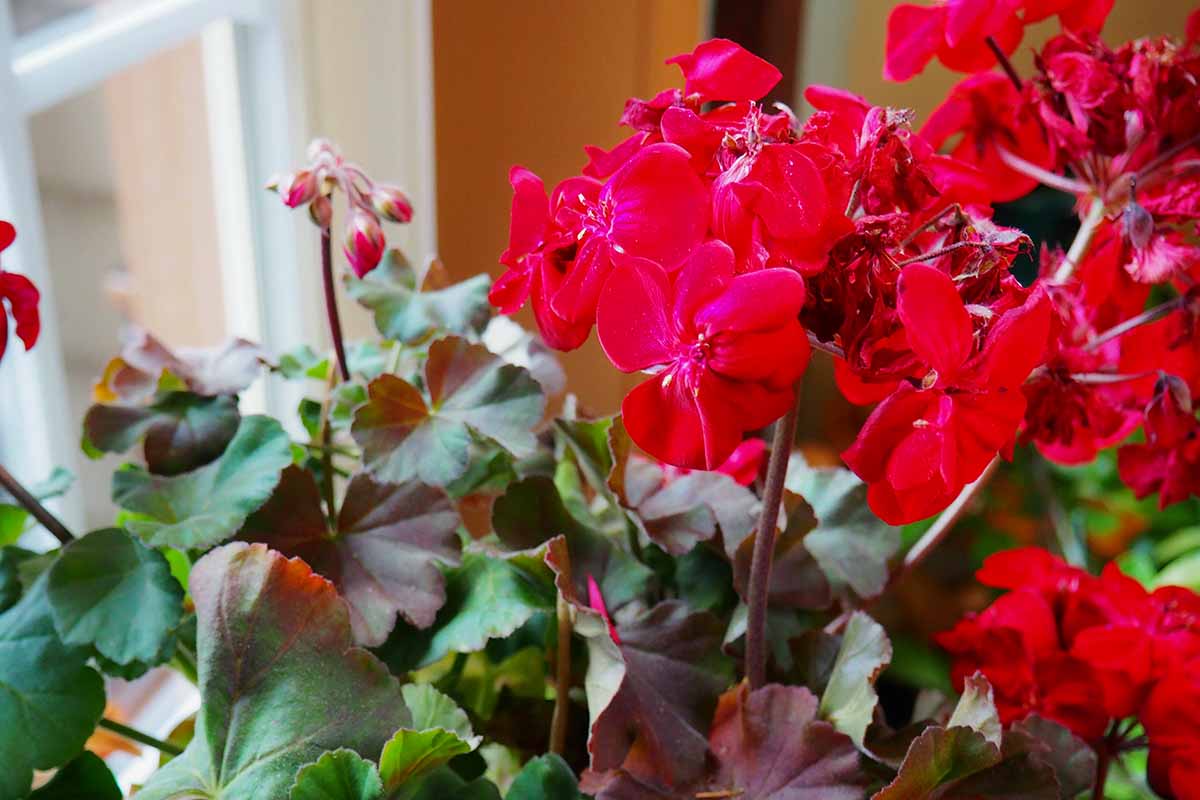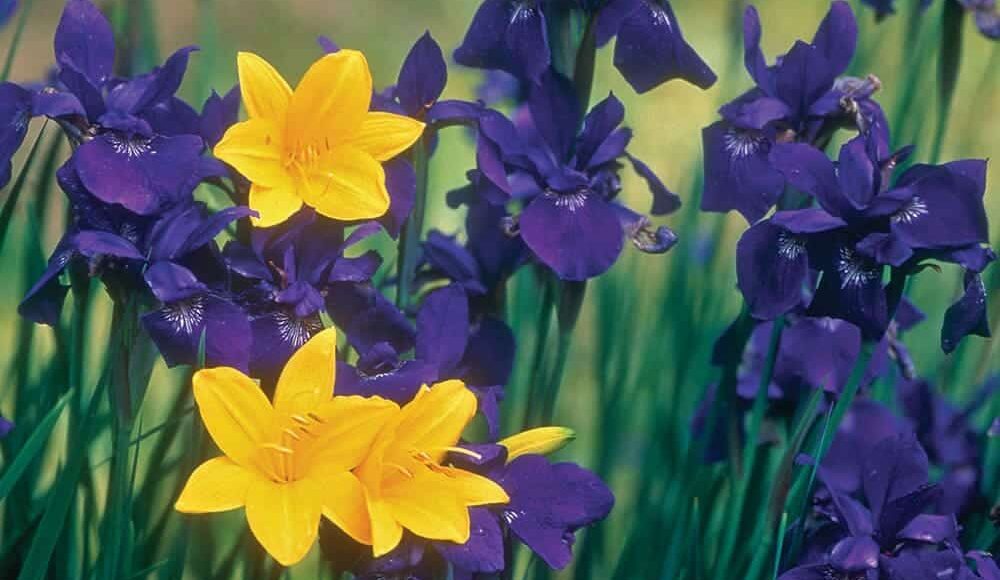Poinsettias, with their vibrant red and green leaves, are a beloved symbol of the holiday season. However, many people struggle to keep these festive plants healthy beyond the holiday period. With the right knowledge and care, you can enjoy their beauty for much longer. In this comprehensive guide, we will provide you with essential buying tips and maintenance secrets to ensure your poinsettias thrive.
Buying Tips:
- Choose a Healthy Plant: When selecting a poinsettia, look for a plant with dark green foliage and brightly colored bracts, which are often mistaken for flowers. Avoid plants with drooping leaves or excessive yellowing, as these are signs of stress or disease.
- Inspect the Roots: Carefully check the plant’s roots through the drainage holes. Healthy roots are white and firm, whereas rotting or mushy roots indicate overwatering. A plant with a well-established root system is more likely to thrive in your care.
- Consider the Environment: Poinsettias are native to Mexico, so they prefer warm, sunny conditions. If you live in a colder climate, make sure to protect the plant from the cold during transportation. Sudden temperature changes can cause shock and lead to leaf drop.
- Avoid Exposure to Cold Temperatures: Poinsettias are sensitive to cold. Even a brief exposure to temperatures below 50°F (10°C) can damage the plant. Ensure that the plant is well-wrapped if you are taking it outdoors in chilly weather.
Maintenance Secrets:
- Provide Adequate Sunlight: Poinsettias need at least six hours of indirect sunlight daily. Place your plant near a sunny window where it can receive bright, filtered light. Too much direct sunlight, especially in hot climates, can scorch the leaves.
- Maintain Proper Temperature: Poinsettias thrive in temperatures between 60-70°F (15-21°C) during the day and a bit cooler at night. Avoid placing them near drafts, heaters, radiators, or appliances that emit heat, as these can cause stress to the plant.
- Watering Wisely: Overwatering is a common mistake with poinsettias. Water the plant thoroughly when the top inch of the soil feels dry to the touch. Discard any excess water that collects in the saucer, as waterlogged roots can lead to root rot. Ensure the pot has drainage holes to prevent water accumulation.
- Humidity and Air Circulation: Poinsettias prefer high humidity. To increase humidity around the plant, you can place a humidifier nearby or set the pot on a tray filled with water and pebbles. Additionally, ensure good air circulation in the room to prevent fungal diseases.
- Fertilize Sparingly: Poinsettias do not require much fertilizer while they are actively growing. If you wish to fertilize, use a balanced, all-purpose liquid fertilizer diluted to half strength. Apply it every 2-4 weeks during the growing season (spring and summer) and stop fertilizing after the flowering season.
- Pruning for Bushier Growth: To encourage a bushier, fuller plant, pinch back the new growth in late spring or early summer. This encourages branching and results in a more compact and attractive poinsettia.
- Post-Holiday Care: After the holiday season, many poinsettias are discarded. However, with proper care, they can bloom again the following year. Starting in late March or early April, reduce watering and allow the plant to dry out gradually. In May, prune the stems back to 4-6 inches and repot if necessary. Place the plant in a cool, dark location for about 6-8 weeks, allowing it to rest. After this period, resume normal care, and you may see new growth and colorful bracts.
By following these buying tips and maintenance secrets, you can enjoy the beauty of poinsettias not just during the holiday season but throughout the year. With a little attention and care, your poinsettia can be a delightful and long-lasting addition to your home.





